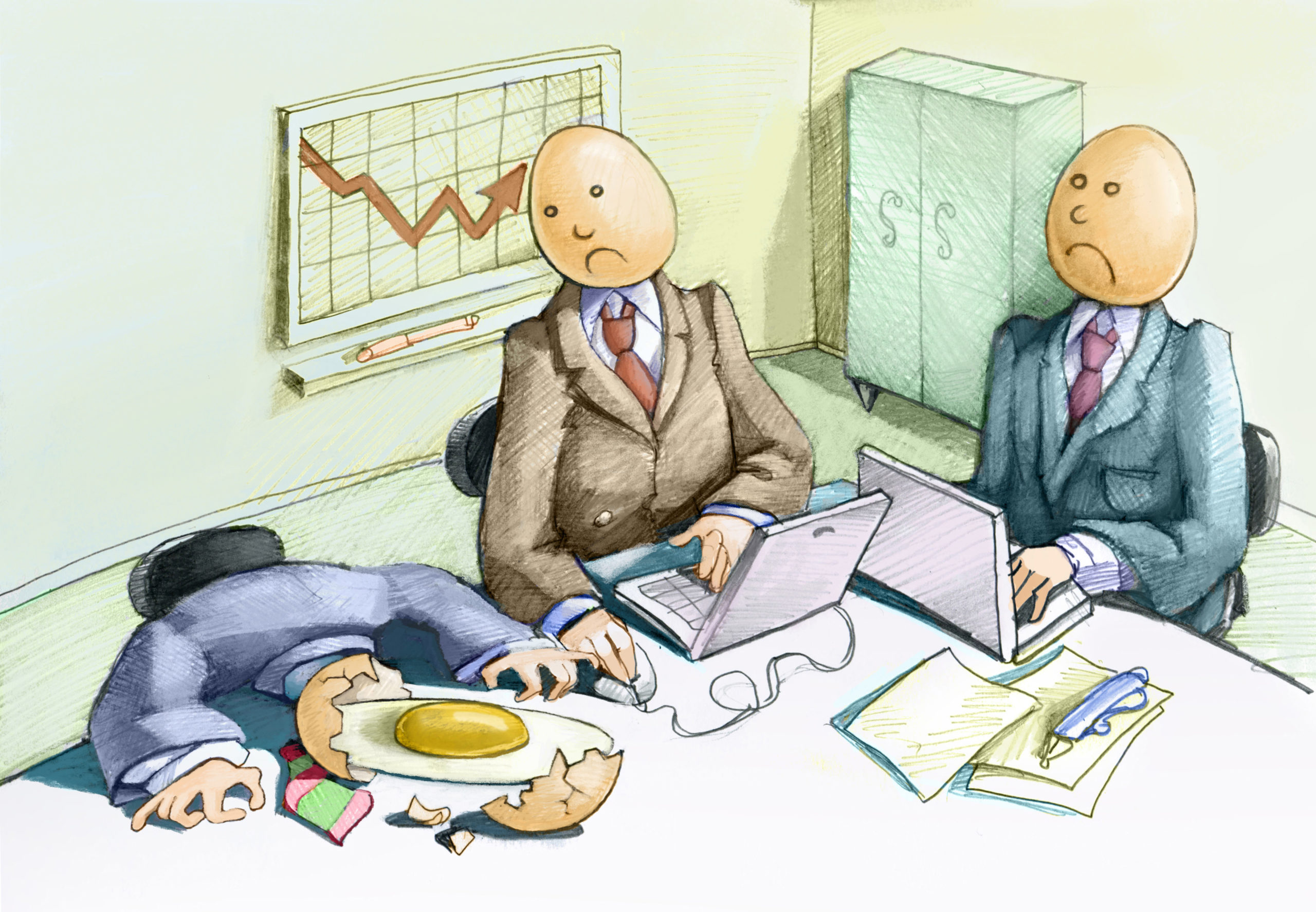Many people claim to be “workaholics,” but what exactly defines one, and is it a desirable trait?
In 1971, minister and psychologist Wayne Oates coined the term “workaholism” and defined it as “the compulsion or the uncontrollable need to work incessantly.” Since the initial definition, several variations have evolved. Dr. Malissa Clark, Director of the Work and Family Experience Research Lab at the University of Georgia, conducted research with her staff on workaholism, and they identified some common themes in later definitions. These themes include having persistent thoughts about work (even when not working), a compulsion to work due to internal pressures and working beyond what is reasonably expected, despite the strong potential for negative consequences in one’s personal life.
Is workaholism the same as work engagement?
Clark’s research team found a difference in workaholism and work engagement across many studies. Both terms describe people who work long hours and work more than the average employee. However, the difference between workaholism and work engagement are the underlying motivations. Workaholics are driven by a compulsion to work and a feeling that they “should” be working. Workers who are engaged are motivated by a love for their work and a desire to excel because they enjoy what they’re doing.
Furthermore, the underlying emotions tend to vary between workaholics
and those who are work-engaged. Work-engaged employees tend to have positive emotions, such as self- assurance, attentiveness and overall joviality both at work and at home.
On the other hand, workaholics tend to experience more negative emotions, such as anxiety, guilt, disappointment and anger at both home and work. Overall, workaholism is associated with negative outcomes, while work engagement is associated with positive outcomes.
What are the outcomes associated with workaholism?
Dr. Clark and her team conducted a meta-analysis of multiple studies of workaholism and correlated several work, personal and family outcomes across them. They discovered that workaholics tended to have high job-related stress, low job-related satisfaction, work-life conflict, marital disaffection, emotional exhaustion, overall burnout, poor physical and emotional health, and low satisfaction for life.
Work-life balance
Because workaholism is associated with difficulty in personal and family relationships, as well as low satisfaction for one’s life and job, it’s important to create a sense of work-life balance. Verywell Mind recommends setting boundaries at work. Talk to your boss about what is realistic and expected of you, our personal interests and responsibilities. They also recommend taking full advantage of your sick days when you’re ill, and using your vacation days to do something fun and enjoyable. Invest in your relationships and be fully present when spending time with the people you care about.
If you find yourself identifying with the traits of a workaholic, it may be time to take a step back and see if you are able to create more balance in your life. If you are struggling to get where you want to be, contact a professional for additional assistance. Verywell Mind suggests cognitive behavioral therapy as an effective treatment for those who are working through an addiction to work.
Is workaholism the same as work engagement?
Clark’s research team found a difference in workaholism and work engagement across many studies. Both terms describe people who work long hours and work more than the average employee. However, the difference between workaholism and work engagement are the underlying motivations. Workaholics are driven by a compulsion to work and a feeling that they “should” be working. Workers who are engaged are motivated by a love for their work and a desire to excel because they enjoy what they’re doing.
Furthermore, the underlying emotions tend to vary between workaholics and those who are work-engaged. Work-engaged employees tend to have positive emotions, such as self- assurance, attentiveness and overall joviality both at work and at home.
Related Articles:

